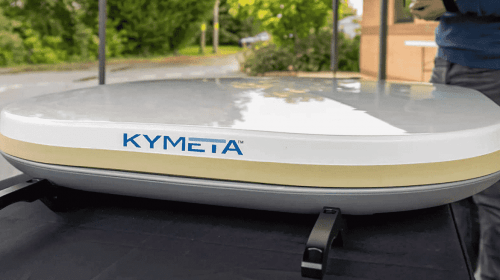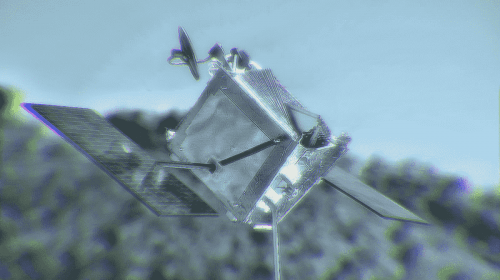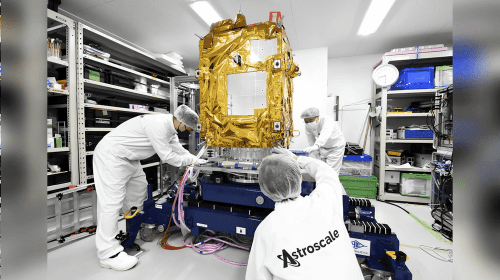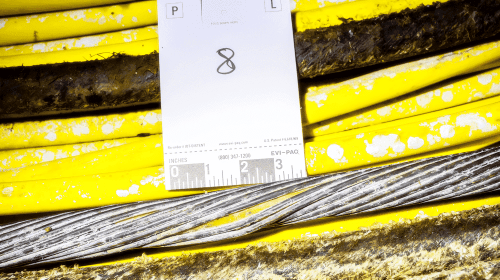Nov 20, 2017
Cubic Corporation, a US company that provides diversified services and systems to global transportation and defense markets, announced that its subsidiary GATR has been selected by the New Zealand Defense Force (NZDF) to provide $5 million of satellite communications (Satcom) solutions. GATR manufactures inflatable satellite antennas. For this project, they will provide their flagship 2.4m antenna, along with supporting hardware and spares for the NZDF Network Enabled Army (NEA) program. The mobile antennas will work with an iDirect-enabled TDMA (time division multiple access) network, on NZDF’s existing iDirect hub platform.
The NEA program, according to NZDF will enhance the battlefield Command and Control System, as well as Communications and Intelligence Surveillance and Reconnaissance (C4ISR) sensor systems, by improving the ability to support deployed land forces. Major Gen. Peter Kelly, the New Zealand Chief of Army said, ““GATR’s Satcom is expected to provide the New Zealand Army with a communications solution that meets its tactical requirements and enhance the command and control capabilities of its forces when deployed on operations. Work is expected to commence soon to integrate GATR into the New Zealand Defense Information Environment,”
The GATR Satcom solution will enhance the command and control capabilities of deployed forces, by providing a communications solution that meets NZDF’s tactical requirements. Integration into the New Zealand Defense Information Environment will begin soon. The GATR inflatable antenna was designed with extreme portability, ease of set up, and reliability, to support warfighters at the tactical edge.
The GATR 2.4 meter antenna system can be packed into as few as two cases that weigh less than 99 pounds each. Contrast that with the more typical rigid 2.4 meter portable systems that come in around 1000+ pounds and require six to ten bulky cases. The GATR solution delivers a reduction of up to 85% in overall volume and size.
Available in C-band, X-band, Ku-band and Ka-band, the typical set up time has the site on the satellite in under 30 minutes. The process consists of unpacking the cases, laying out a foldable platform with a marker to align with the satellite using a compass, so the inflated antenna is pointing in the direction of the satellite. The platform is held in place with plates and large stakes at the corners, and these in turn may be further reinforced with sand bags or blocks. Next the GATR inflatable antenna is unpacked and spread out on the platform. While cables are hooked into place an inflator blows it up to full size. The ball acts as part of the feed arm, with a feed assembly fastened into place outside the ball, which supports the LNB and BUC. Coax cable is held in place by Velcro flaps and carried to the modem/router equipment. A pointing tool provides signal strength as altitude and elevation are managed with a simple and efficient cable and pulley system, which are all locked down when a connection has been established. Polarity setup is the same as any other antenna.
The ball provides pressure to maintain the parabolic shape of the dish inside. The inflation system constantly keeps it at the proper pressure, with a low power blower which can run on battery, solar or generator power. The GATR inflatable antenna is actually more stable in heavy wind than typical parabolic antennas, because the spherical shape of the ball deflects the wind, regardless of the direction it comes from. There are four cables with eight separate points that grip the antenna and keep it firmly in place. The strong material and webbing provide durability in harsh weather, temperature extremes and rugged landscapes. Since the blower will maintain pressure, the GATR ball can even survive small caliber gunshot holes, something we hope the New Zealand Defense Forces has no opportunity to experience as they begin operations with their newest Satcom addition!





